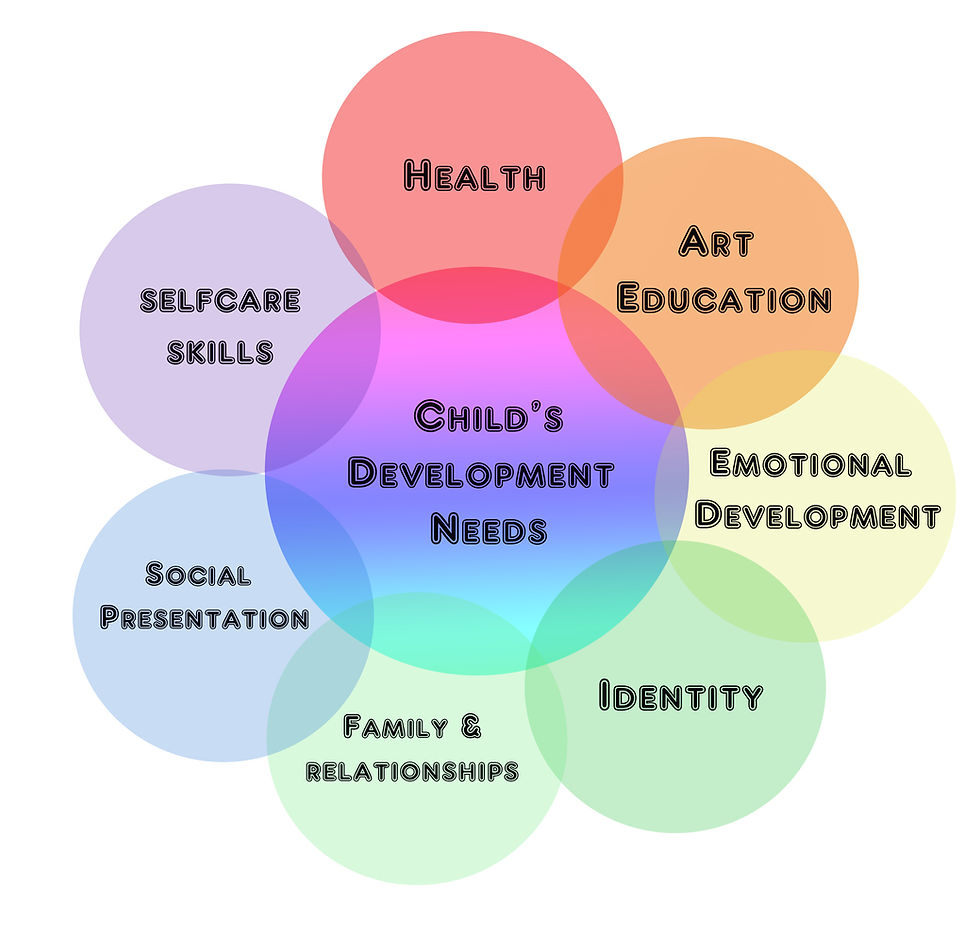Children Art therapy
- Regina
- Dec 1, 2016
- 1 min read

Child Art Therapy: How It Works | Psychology Today Touch icon settings [if !IE][endif][if gte IE 10]> <link rel="stylesheet" type="text/css" href="https://cdn.psychologytoday.com/sites/all/themes/psychologytoday/css/styles.css?ohd57t" /> <![endif][if IE 9]> <link rel="stylesheet" type="text/css" href="https://cdn.psychologytoday.com/sites/all/themes/psychologytoday/css/ie9_01.css?ohd57t" /> <link rel="stylesheet" type="text/css" href="https://cdn.psychologytoday.com/sites/all/themes/psychologytoday/css/ie9_02.css?ohd57t" /> <![endif][if lte IE 8]> <link rel="stylesheet" type="text/css" href="https://cdn.psychologytoday.com/sites/all/themes/psychologytoday/css/ie_01.css?ohd57t" /> <link rel="stylesheet" type="text/css" href="https://cdn.psychologytoday.com/sites/all/themes/psychologytoday/css/ie_02.css?ohd57t" /> <![endif] Google Tag Manager Data Layer End Google Tag Manager Data Layer Start Visual Website Optimizer Asynchronous Code End Visual Website Optimizer Asynchronous Code
StartFragment
Art therapy often attracts the same question and a similar response—“But it’s just arts and crafts!” Like play therapy is not just “play,” art therapy is not just “arts and crafts” or even its first cousin, the ubiquitous coloring book. And also like play, art created within the context of a therapeutic relationship is intended to help young clients not only to engage in self-exploration, it also involves purposeful meaning-making through specific art making. EndFragment























![[健康人物專訪] 主題:藝術 X 治療 X 教育 嘉賓:區慧妍 (藝術治療師)](https://static.wixstatic.com/media/495821_3532cbdfa3154fd6a9b43dc3c44c9d14~mv2_d_1600_1200_s_2.jpg/v1/fill/w_339,h_250,fp_0.50_0.50,q_30,blur_30,enc_avif,quality_auto/495821_3532cbdfa3154fd6a9b43dc3c44c9d14~mv2_d_1600_1200_s_2.webp)
![[健康人物專訪] 主題:藝術 X 治療 X 教育 嘉賓:區慧妍 (藝術治療師)](https://static.wixstatic.com/media/495821_3532cbdfa3154fd6a9b43dc3c44c9d14~mv2_d_1600_1200_s_2.jpg/v1/fill/w_38,h_28,fp_0.50_0.50,q_90,enc_avif,quality_auto/495821_3532cbdfa3154fd6a9b43dc3c44c9d14~mv2_d_1600_1200_s_2.webp)





Comments